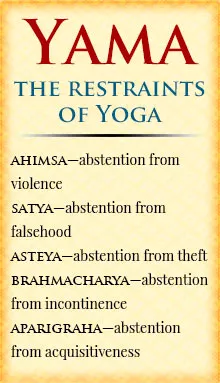“That [knowledge], however, which is attached to one single effect as if it were all, and without reason, without a real purpose and small in significance, is declared to be tamasic” (Bhagavad Gita 18:22).
[This article is an excerpt from the article “Knowledge, Action, Doer and the Three Gunas” from the Bhagavad Gita for Awakening.]
Definition of tamas from A Brief Sanskrit Glossary: Dullness, inertia, folly, and ignorance. One of the three gunas.
 Since the world of humanity is in the death-grip of tamas, we need to analyze this, for we have become so used to it that we often miss the awful implications in such a view.
Since the world of humanity is in the death-grip of tamas, we need to analyze this, for we have become so used to it that we often miss the awful implications in such a view.
- Attached to one single effect as if it were all.
This is a constant in modern society. People are absolute idolators of their mentally lazy clichés–whether social, political, religious, scientific, or personal. There is only one right way to do a thing, or to think, worship, eat, behave, etc., etc. “My way is the only way” is the fundamental principle. “All the ills of the world will vanish if everyone thinks and acts like me,” is the doctrine.
Often a single thing is chosen and harped on constantly, as if there is no wider picture. Simplistic is the watchword. Simple, lazy, and stupid–that sums it all up. A refusal to learn anything new is necessary for the maintenance of this tamasic condition.
- Without reason.
“The says it and I believe it!” The same with prophets, teachers, parents, and whoever has put a thumbprint in their brain. No need to think: they have been TOLD.








